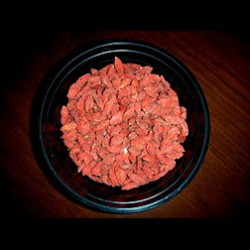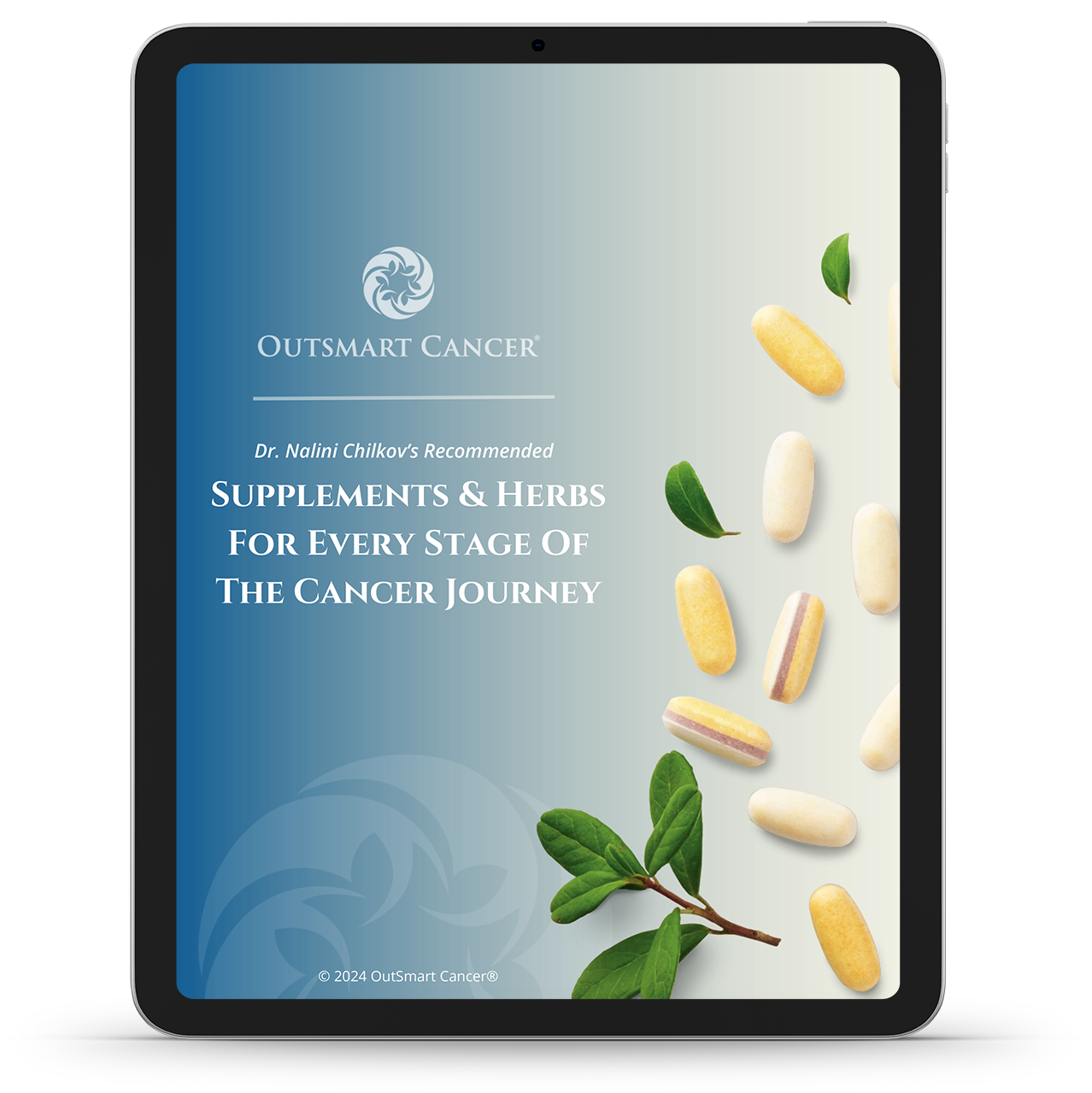
Some of the richest sources of cell protective anti-oxidants, some with potential anti-cancer activity are found in Chinese Herbal Medicines, especially in medicinal fruits and berries. Here are three of the most potent anti-oxidant packed medicinal fruits. In China, food is often made into medicine by incorporating medicinal herbs into soups and sauces and traditional dishes. These berries are often added to teas and beverages as well as for their healing and protective benefits. The deep red/orange fruits are packed with a broad spectrum of protective anti-oxidants, vitamins and minerals. They are not only healing but also nutritive.
Lycium chinense Fruit, Gou Qui Zi, commonly known as Goji Berry or Wolfberry is found all over Asia and also in Europe. The dried fruits are are often added to rice to make an easy to digest nourishing food for a convalescing patient. Goji berries are used in Chinese tonic soups, in combination with chicken or pork, vegetables, and other tonic adaptogenic Imperial herbs such as wild yam, Astragalus membranaceus,Codonopsis pilosula, and licorice root. Pleasant tasting herbals teas which are taken both warm and room temperature are made with Goji Berries, Chinese Red Dates (Jujube) with black or green tea and is a very pleasant super antioxidant beverage. You may even find Medicinal Wines made with berries and grapes and other medicinal herbs..
Schizandra Chinensis Fruit, Wu Wei Zi found in China, Japan, Korea and Russia. Not only is Schizandra packed with red/orange carotenoids, but the fruit also contains small amounts of Selenium, Zinc and thymoquinone, all known to be important in regulating cells and supporting healthy function. Schizandrin, another active component has also been shown to have an impact on regulating how cells grow and divide, potentially offering anti-cancer effects. Wu Wei Zi is translated as Five Flavor Fruit, indicating that, according to Traditional Chinese Medicine, this fruit contains a perfect balance of the elements in nature, hence it is highly valued for its health enhancing and harmonizing properties.
Sea Buckthorn Fruit, Sha Ji (Hippophae rhamnoides) is found widely in Asia and in some parts of Europe. It is cultivated in China for its medicinal and cosmetic value due to the very high concentrations of carotenoids in this deep orange fruit. Sea Buckthorn also contains high levels of Vitamin C, Vitamin E and plant antioxidants called flavonols. Sea buckthorn berries can be eaten, made into pies and jams. The juice is used as a nutrient rich beverage also to make sauces and syrups. Sea buckthorn oil is deeply nourishing and protective to the skin when used topically. Some research has shown that sea buckthorn supports anti-inflammatory function.
Why are antioxidants important? Nature has provided a wealth of antioxidants to protect our cells from free radicals. Free radicals are free electrons that damage our cells and our genetic material. Increased levels of free radicals produces oxidative stress to our cells. When our cell structures and genetic material is damaged, diseases such as cancer and heart disease are more likely to occur. Many of the common signs of aging are oxidative stress caused cell damage made visible.
A familiar example of oxidative stress/radiation exposure causing tissue damage is sunburn. The heat and light of the sun bombard the skin with free radicals and the skin can become damaged and more prone to the development of skin cancer. A complete anti-cancer support plan will include good sources of anti-oxidants from foods, culinary herbs and spices, herbal medicines and specific nutritional supplements.
Antioxidants protect our cells from free radicals. These are free electrons that damage our cells and our genetic material. Increased levels of free radicals produces oxidative stress to our cells. When our cell structures and genetic material is damaged, diseases such as cancer and heart disease are more likely to occur. A familiar example is sunburn. The heat and light of the sun bombard the skin with free radicals and the skin can become damaged and more prone to the development of skin cancer. An complete anti-cancer, cancer fighting plan will include good sources of anti-oxidants from foods, culinary herbs and spices, herbal medicines and specific nutritional supplements.
All three of these medicinal fruits are considered to be among the “Imperial Herbs”, plant medicines of extraordinary efficacy and extremely safe for long term use. These berries are also considered to be Phyto (plant) Adaptogens, plants which support the body in adapting to stress. Quite often these herbs are also used by Olympic Athletes and High Altitude Climbers both to increase endurance but also to quench the free radicals and high levels of oxidative stress that these activities and environments entail. In fact, this type of medicinal fruit is truly a tonic or concentrated food. Often the difference between a food plant and a medicinal plant is the taste and the concentration of active constituents.
These dried fruits can be purchased from suppliers of medicinal Chinese Herbs, in some health food stores and from practitioners of Acupuncture and Chinese Medicine. All of these berries have become widely marketed, many with false claims about their medicinal effects. Always procure medicinal herbs under the guidance of a reliable expert herbalist to insure quality and potency and to understand how to properly use these healing plants. Always consult with your physician before introducing these berries into your diet or health care regimen. Note: Goji berries have been shown to interfere with the drug Coumadin (Warfarin). Therefore be sure to check with your doctor or pharmacist before ingesting any of these berries or berry products.
These statements have not been approved or evaluated by the FDA and are provided for educational purposes only.
Extensive references available upon request.
Related articles:



